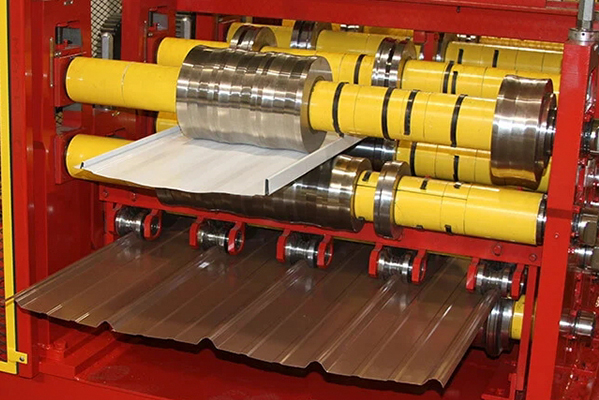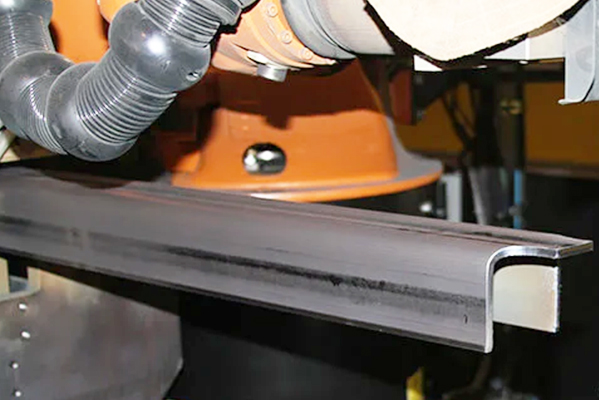Navigation Menu
Contact Us
- Email:
- info@wxavatar.com
- Address:
- Yurong Village, Yuqi Street, Huishan District, Wuxi, China.
Release Date:May 13, 2025 Visit:46 Source:Roll Forming Machine Factory
Roll-forming machines play an important role in modern metal manufacturing, streamlining production processes and improving efficiency. Unlike traditional metal forming methods, roll-forming is able to continuously and quickly form metal profiles with consistent shapes while minimizing material waste. This article explores the key ways roll-forming machines optimize metal processing efficiency.

Continuous production, increased output
One of the main advantages of roll-forming is its ability to run continuously. Unlike stamping or bending, which requires repeated stopping and starting, roll-forming machines feed metal coils into a series of rollers that gradually form the material into the desired shape. This uninterrupted operation can increase production speeds, reduce cycle times, and increase overall output.
Precision and consistency
Roll-forming ensures that product dimensions remain consistent over long production runs. The incremental forming process minimizes deviations and reduces the need for secondary adjustments. This consistency reduces scrap rates and increases the interchangeability of parts, which is particularly beneficial in industries such as automotive and construction that require tight tolerances.
Reduced Material Waste
Because roll forming uses a controlled bending process rather than cutting or welding, scrap generation is minimized. Efficient use of coil stock reduces raw material costs compared to other forming methods. In addition, pre-punching or pre-notching before forming further improves material utilization.
Reduced Labor Requirements
Automated roll forming lines reduce reliance on labor in the forming and finishing operations. Once the equipment is set up, it can run with minimal operator intervention, allowing workers to focus on quality control and supervision rather than repetitive tasks. This can improve labor allocation efficiency and reduce production costs.
Integration with Secondary Processing
Modern roll forming systems can be integrated with punching, cutting and embossing units to achieve in-line processing. This eliminates separate processing steps, reduces processing time and improves workflow efficiency. Multi-stage processing within a single system reduces lead times and enhances production coordination.
Energy Efficiency in Operation
Roll forming machines distribute the forming force across multiple stations, reducing peak power requirements compared to single-stroke presses. The progressive forming process also reduces die pressure, extending die life and reducing maintenance requirements. These factors help maintain operational efficiency over the long-term production process.
Accommodates a wide range of materials
Roll forming is adaptable to a wide range of metals, including steel, aluminum, and coated materials, without the need for extensive machine reconfiguration. This flexibility allows manufacturers to efficiently switch between different material types to meet diverse production needs without extensive downtime.

Conclusion
Roll forming machines improve metal processing efficiency through continuous operation, precision forming, material savings, and reduced reliance on labor. With the ability to integrate secondary operations and accommodate different materials, they are a valuable solution for manufacturers looking to optimize their production processes. By adopting roll forming technology, metal manufacturers can achieve higher production volumes, better consistency, and greater cost-effectiveness.